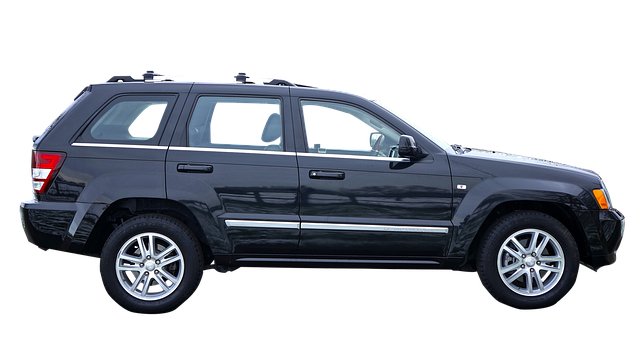When diving into the world of photography, one of the most crucial elements to master is lighting. It dramatically impacts how we perceive a moment captured in a JPEG format. Photography is not just about the camera or the lens; it’s about how these tools work harmoniously with light to create compelling images. Understanding lighting can truly elevate your photography and help you produce stunning JPEGs that encapsulate your vision.
Light is everything in photography. It can transform a mundane scene into a breathtaking tableau or make even the most vibrant colors look flat and lifeless. When shooting in JPEG format, which compresses image data to save storage space while retaining acceptable quality, getting the lighting right in-camera becomes paramount. This ensures that your images come out as crisp and vibrant as you envision.
Consider the time of day when you venture out with your camera. The golden hour—the period shortly after sunrise and before sunset—offers a warm, diffused light that enhances textures and adds depth to your photos. This is the perfect time to capture outdoor portraits or landscape shots, as the natural lighting creates a soft glow that makes every JPEG photo feel rich and inviting.
In contrast, shooting under harsh midday sun can be challenging. The stark shadows and overexposed highlights can detract from the quality of your JPEG images. In such conditions, try using shaded areas or employing reflectors to soften the light. These techniques can help maintain the natural beauty of your scene while ensuring your JPEG captures the richness of color and detail.
Soft boxes or diffusers are also valuable tools for indoor photography. They help scatter light evenly, reducing harsh shadows and creating a pleasing ambiance. When lighting is controlled correctly, your JPEG photos can take on an ethereal quality, showcasing not just the subjects but the mood of the moment.
Don’t forget about the color temperature of light. Different light sources emit varying colors; natural daylight vs. incandescent bulbs can produce distinct results. When photographing in JPEG format, consider adjusting your camera’s white balance setting to align with the light source. This allows your photos to maintain accurate and appealing colors, reducing the need for post-processing fixes.
Lastly, experiment with artificial lighting. Flash units, LED panels, and smart lights can add creativity to your photographic toolkit. However, mastering the technique of using artificial light is crucial; too harsh or poorly positioned light can create unwanted shadows and glare in your JPEGs. Used correctly, artificial light can highlight details and create striking contrasts that showcase the artistry of your compositions.
In summary, while technology and optics play a vital role in photography, it is the mastery of lighting that can take your JPEG photos from ordinary to extraordinary. Experimenting with different light sources, times of day, and environments will enhance your understanding and execution. Remember, the more you practice, the better your skills will become, leading to crisp, stunning images that truly represent your photographic vision.




